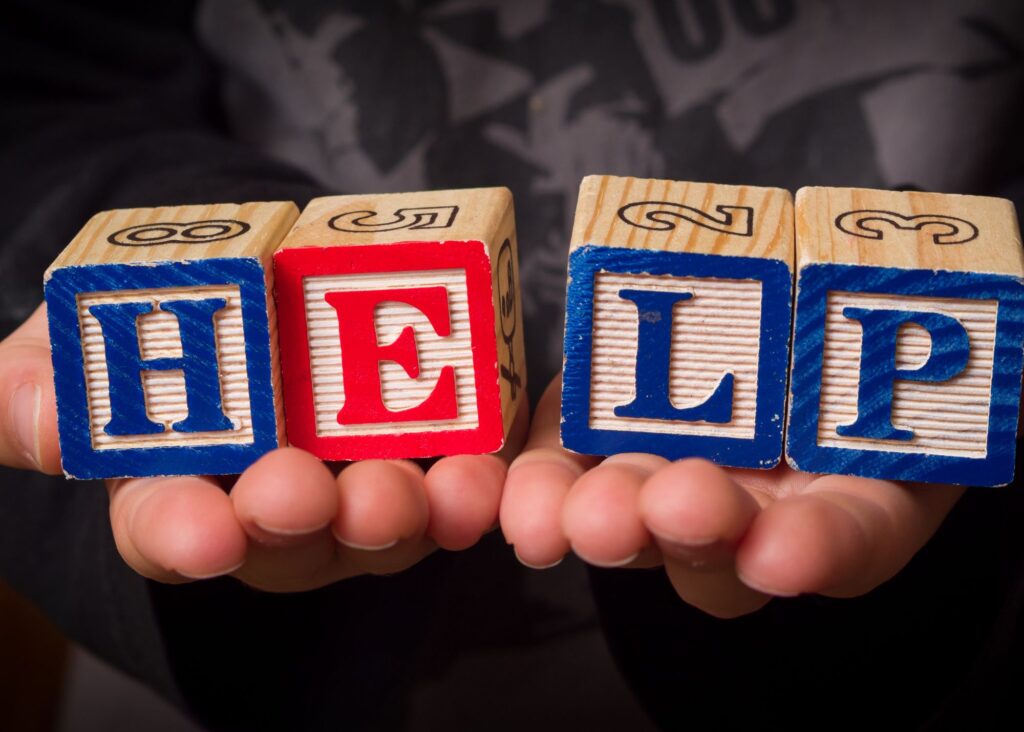How to Teach Kids to Help Others (+ Activities)

Unfortunately, the youth demonstrate the lowest interest in charity. According to Statista, in 2015 a 25-34-year-old American donated only 555 $ on average, while those aged 65+ 1672$.
There is a great need for the cultivation of good deeds. And, helping others activity can be the very tool to get children accustomed to philanthropy.
Why Should Your Kid Help Others?
The answer is obvious – because one day he’ll need someone’s help as well. A sensitive friend is a real treasure. Your kid will be respected and loved. That’s one more reason to teach your little one to help others.
Roots and Benefits of Costly Giving research states that a child helping another child promotes better health. 4-old kids from families of different incomes were proposed to donate won prizes to their peers in need. Those who did, reported better physiological regulation. Interestingly, the most active were kids from less-income families, demonstrating higher social sensitivity.
Helping Others Activities for Children
Explain Helpful Behaviors
Children know nothing about our world at the moment they are given birth. They later learn that it can burn when touching hot objects, or it can be discomforting to experience cold snow with bare hands. But there are two ways to get to know it. They can either obtain hands-on experience or be told by their parents.
The same is true about virtues, feelings, and emotions. So, there are two ways to learn altruism and the importance of help. The first one is to be in trouble themselves. Second – be taught along with other good manners.
Parents should explain to their kids that some people may need their help. Provide relevant examples.
- If you don’t help your mom with cooking, she will be tired, and her head will ache;
- If you don’t help your little sister to open her jar of jam, she may drop it and get dirty.
- If you don’t help that crying toddler to reach his toy car stuck on the bench, he will be upset..
Don`t forget to provide opposite examples as the following one. If your plastic bag, full of goods, went torn and the stuff collapsed on the ground, you`d be glad someone helped you. So, explain everything with examples of the true-to-life situations.
Bake Cookies and Treat Friends
A nice option for teaching kids helping each other is to involve them in giving away. This time, cookies. Find a recipe together and bake yummy cookies along with your little one. After they are ready, treat your neighbors, friends, groupmates, and other people with them. By the way, this activity brings up kindness and sympathy in children.
Be a Role Model
Helping is about giving away. When you help someone, you give away not only some material things but also your time and energy. Children helping others have to make effort to lend a hand to someone
Try teaching kids about giving away on your own examples. In such a way, you show them that doing good deeds is cool. Reveal your empathy towards the people you help. Explain it to them.
- I helped this elderly woman to cross the street because she was too feeble to manage it herself.
- I helped that guy to find his gate at the airport because I saw he was confused.

Get Your Kid Involved in the Neighborhood
Kids helping others are usually kind and sensitive people. Teach them to see the people who need attention. It could be elderly neighbors. Preschoolers cannot clear the snow but they can check mailboxes or buy some products at the grocery.
Your own siblings might need help. Kids helping each other is a dream of many parents. If you have several children, encourage them to stand up for family members. For example, the older brother may help his little sister with homework, and she, in return, cleans his room when he is busy.
Piggy Bank
This activity has many advantages. It teaches the basics of:
- decision-making skills;
- money spending;
- teaching kids about giving.
Give kids a piggy bank with three sections. The first one is for savings, the second for spending, and the third for donating. Children have to decide on their own how to use the money they have. If they don’t have them, think about how to start giving pocket money. Obviously, for toddlers it should be much less than for tweens. But still, even donating a buck to charity is a nice way to begin.
Pay a Visit to a Dog Shelter
Helping other activities can concern not only people but also animals. Involve your little one in it. First, buy food for dogs. Then set off to the shelter where you want to spend some time with dogs. Maybe, there will be some simple tasks kids can cope with.
If you see a stray dog or a cat, feed them with at least what you have on hand. But you can buy dog food for it. As an option, if there are homeless animals in your neighborhood, get busy with making them a little bit happier. Do it once a month along with your kid.
Make Donations
Giving something to charity can become a family tradition. You can establish an event devoted to helping those in need. The easiest way to get kids involved is to ask them to look through their personal belongings and figure out what they can part with. Mostly it`s clothes they have grown out of. They can have toys that are no more interesting to them. Interestingly, children who are not obsessed with material things have more positive attitudes and adapt to changes quickly.
Collect all the stuff and take it to the organization responsible for accepting it. But make sure the things you share with others have the proper quality. As an option, you can take kids to local shops to choose the stuff which is to be donated. Surf the net to find the people or organizations that need help.
Read Stories about Helping Others
Parents should be role models, but boys and girls can also look up to their favorite characters who do good deeds. There are many exciting books about love, kindness, and emotions. Helping others is also a topic of many bestsellers. Make sure, your little one has literature about altruism and responsiveness.
Give Kids the Task to Perform Everyday
Make a list of chores your little one should perform on an everyday basis. If he’s too young for vacuum cleaning or washing the dishes, let him water flower pots or feed your pet. A kid should understand that it’s his duty and he must do it.
Make the Helping Main Priority
Teach your child to help another child if sees he needs it. It may concern
- figuring out how to use the app on the phone;
- helping with homework;
- doing each other`s home chores;
- sharing his own pencil, etc.
Emphasize that if you see that somebody needs help and you can help, do it. Stick to this rule yourself. If you can put off your own affairs and get busy with others` problems, you will give a perfect example.
Emphasize that helping is one of the most important family values.
Last but Not Least
We learn the most skills in childhood. But to make them a part of our lifestyle, we need to repeat them for a long time and regularly. In short, charity should be your tradition. Donate and help others not from time to time but every time you can. Kids will learn from you and perceive it as something casual and habitual.
More articles

50+ Christmas Riddles for Kids (With Answers!)
Fun, Easy & Printable Holiday Brain Teasers Are you looking for Christmas riddles for kids that are fun, silly, and totally holiday-approved? You’re in the right place!This collection includes funny Christmas riddles for kids, classic Christmas brain teasers, and a big list of Christmas riddles for kids with answers—perfect for teachers, parents, and holiday party […]

Helping Kids Think for Themselves — Gently and Without Pressure
Independent thinking is the ability to look at a situation, ask questions, form opinions, and make choices with confidence. Kids who think for themselves tend to feel steadier in their daily lives. They trust their thoughts and can speak up even if others see things differently. Parents and teachers often want this skill for kids, […]

The Impact of Color and Texture on Children’s Emotions, Behavior, and Learning
Children don’t just see their environment — they absorb it. Every color, every texture, and every visual detail around them quietly shapes the way they focus, relax, behave, and even understand their own emotions. While adults often adapt to a space automatically, children respond to it instantly and instinctively. That’s why creating a supportive environment […]



